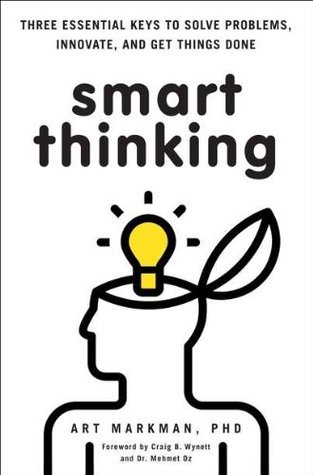
Made to Stick: Why Some Ideas Survive and Others Die
Book Description
What makes an idea unforgettable? In "Made to Stick," Chip Heath unravels the secret ingredients that elevate ordinary concepts into powerful, persuasive messages. Through captivating stories and groundbreaking insights, he reveals why some ideas flourish while others fade into oblivion. Engagingly dissecting the elements of success—simplicity, unexpectedness, concreteness, credibility, emotion, and stories—this exploration transforms how to communicate in a world overwhelmed by noise. Each chapter builds tension, compelling readers to rethink their communication strategies. Are you ready to unlock the secrets that will make your ideas not just heard, but remembered?
Quick Book Summary
"Made to Stick" by Chip Heath explores why some ideas captivate audiences and endure over time, while others fade quickly. The book breaks down the core principles that make ideas memorable, focusing on how to craft messages that are simple, surprising, concrete, credible, emotional, and story-driven. Using an engaging mix of research and real-world examples—from urban legends to business success stories—Heath highlights practical techniques to make any message more effective and impactful. The result is a toolkit for leaders, marketers, teachers, and anyone seeking to make their ideas resonate. By understanding and applying these six principles, readers can cut through the noise and ensure their ideas not only stick but also inspire action.
Summary of Key Ideas
Table of Contents
Embracing Simplicity for Clarity and Focus
At the heart of “Made to Stick” is the idea that simplicity leads to memorability. Boiling concepts down to their essential core helps audiences grasp and recall key messages. The authors argue that stripping away unnecessary details and focusing on what’s truly vital helps prevent confusion and information overload. It’s not about dumbing things down, but about prioritizing clarity, letting the most central message shine. This principle is illustrated through legendary ideas like the military’s “Commander’s Intent,” which guides action without micromanagement.
Using Unexpected Elements to Capture Attention
Capturing attention is another core theme. Heath explores how surprising, unexpected twists break people out of their day-to-day autopilot and make them take notice. By intentionally violating expectations—be it with a shocking statistic or a counterintuitive insight—communicators can generate curiosity and engagement. The element of surprise is not just about gimmicks; it’s strategically used to spark interest and prompt audiences to pay closer attention, setting the stage for deeper understanding.
Making Ideas Concrete for Lasting Impact
Concreteness makes abstract ideas tangible and relatable. Heath provides compelling examples of how vivid language, sensory details, and specific examples anchor ideas in reality. Concrete messages are easy to remember and harder to misinterpret, making them ideal for communication that has to travel through multiple layers. Instead of speaking in generalities, effective communicators show rather than tell, relying on imagery and hands-on demonstrations that stick in people’s minds.
Building Credibility and Emotional Connection
Credibility and emotion drive belief and engagement. People are more likely to accept ideas backed by trusted authorities, compelling statistics, or personal experiences. Yet, emotional connections are just as critical—ideas that make audiences feel something are more likely to be adopted and acted upon. Whether tapping into fears, hopes, or desires, leveraging emotion creates resonance. Heath balances rational proof with emotional appeal to maximize both trust and motivation.
Harnessing the Power of Stories to Inspire Action
Finally, storytelling emerges as a powerful carrier for sticky ideas. Stories help people see ideas in action, illustrating how abstract principles play out in real life. Narratives engage the imagination, make values concrete, and inspire action, providing templates for how people themselves might behave. Heath includes anecdotes from business, education, and everyday life to demonstrate that memorable messages almost always have a story at their core, showing that to make ideas stick, telling a compelling narrative is key.
Download This Summary
Get a free PDF of this summary instantly — no email required.





